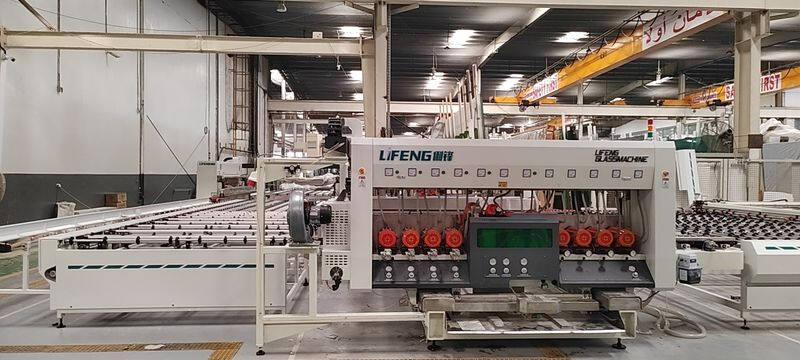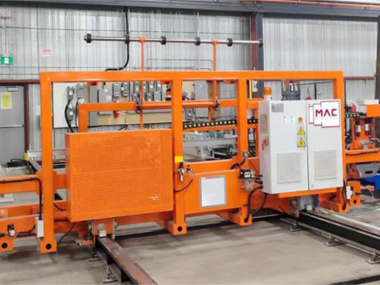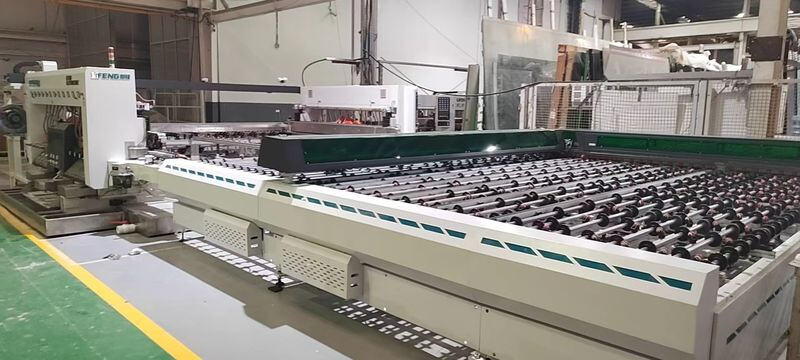laminated automotive glass
Laminated automotive glass represents a crucial safety component in modern vehicles, consisting of two or more layers of glass bonded together with a specialized polyvinyl butyral (PVB) interlayer. This innovative construction creates a remarkably durable and protective barrier that enhances vehicle safety and passenger protection. The manufacturing process involves precision engineering where heat and pressure are applied to fuse the layers, resulting in a single, robust unit that maintains structural integrity even when broken. Unlike traditional glass, when laminated automotive glass encounters impact, it remains intact rather than shattering into dangerous fragments. The PVB interlayer holds the broken glass pieces together, maintaining visibility and preventing cabin penetration. This advanced glass technology also provides additional benefits including UV protection, reducing up to 95% of harmful ultraviolet radiation, and superior noise reduction properties that enhance passenger comfort. The glass's design additionally contributes to vehicle structural integrity, playing a vital role in roof strength and rollover protection. Modern laminated automotive glass often incorporates advanced features such as heating elements, antenna systems, and heads-up display compatibility, making it an integral part of today's sophisticated vehicle systems.


